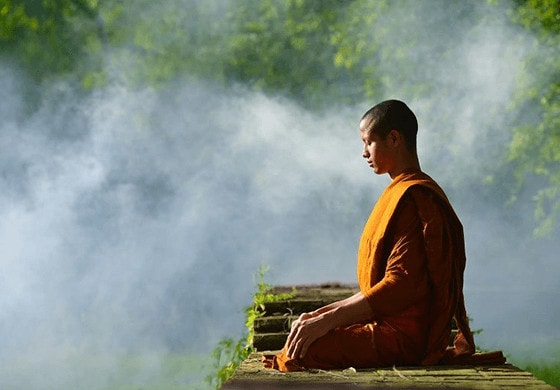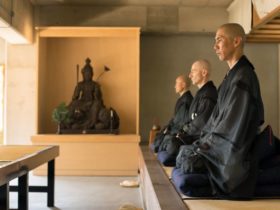
Subscribe to our Newsletter!
Get our latest news straight into your inbox

The Many Paths to Meditation
Most everyone knows what meditation is and we all strive to quiet our minds amid the world that spins so very fast. Many of us have tried to accomplish what should be a simple mental task: to clear our minds for a period of time. For many this is quite difficult to achieve as we find thoughts creeping back to fill our heads with our “to do” list, or reminders of our responsibilities and obligations.
What many do not know is that there is a treasure trove of types of meditation. Many very successful and happy people practice this discipline and benefit greatly from their efforts. Most of us fail, and become discouraged, but as they say, ‘practice makes perfect,’ and fortunately, we need not be perfect all at once to enhance our lives with these practices.
One well-known method is Transcendental Meditation (TM), a specific form of Mantra Meditation introduced to the West in the mid-1950’s. The Beatles, The Beach Boys, and other celebrities of that time practiced under the Maharishi Mahesh Yogi as this method cannot be self-taught. This method you must learn from a registered teacher. Transcendental meditation falls under the Hindu meditation techniques, alongside Mantra, Yogic, and Self-Inquiry/“I Am” meditation practices. TM is among the more difficult varieties. As an alternative, the popular method of OM meditation simply uses a repeated word or phrase to clear the mind.

Buddhist techniques can focus on breathing or a particular position for the body. Other methods in this category are Zen, Vipassana, Metta (loving kindness), and Mindfulness meditation. The latter is the practice of focusing on the present moment, and recognizing the feelings, thoughts, and emotions that develop. Loving kindness, or Metta meditation, is as it sounds. One self-generates feelings of kindness and benevolence toward themselves, then progressively toward others. It is particularly helpful to people who are very demanding of themselves, and many find more joy in life by cultivating these thought patterns.
Chinese meditation is seen in movements such as Qigong, and in Taoist meditations that emphasize living in harmony with nature. Qigong, or Chi Kung, means “life energy cultivation” and is a mind-body exercise for health, meditation, and martial arts training.
The primary characteristics of Taoist Meditation are the focus on the generation, transformation, and the circulation of inner energy. Some methods focus directly on longevity and improved health.
Guided meditations are a relatively contemporary contribution. Many guided meditations incorporate methods of other genres, and many students find it an easier way to begin the practice. Simple methods include Relaxation and Body Scan instructions, Affirmations, and Guided Imagery. Some use soothing sounds of nature or calming instrumental music to achieve deep relaxation.
A simple internet search will provide volumes of resources if you would like to add this practice to your life. The benefits are such that they build upon themselves and can manifest peace, joy and creativity in many areas of your life. The path to serenity begins, very simply, with the first step.
Share This
Subscribe To Our Newsletter
Stay informed with our latest news delivered directly to your inbox.















Leave a Review